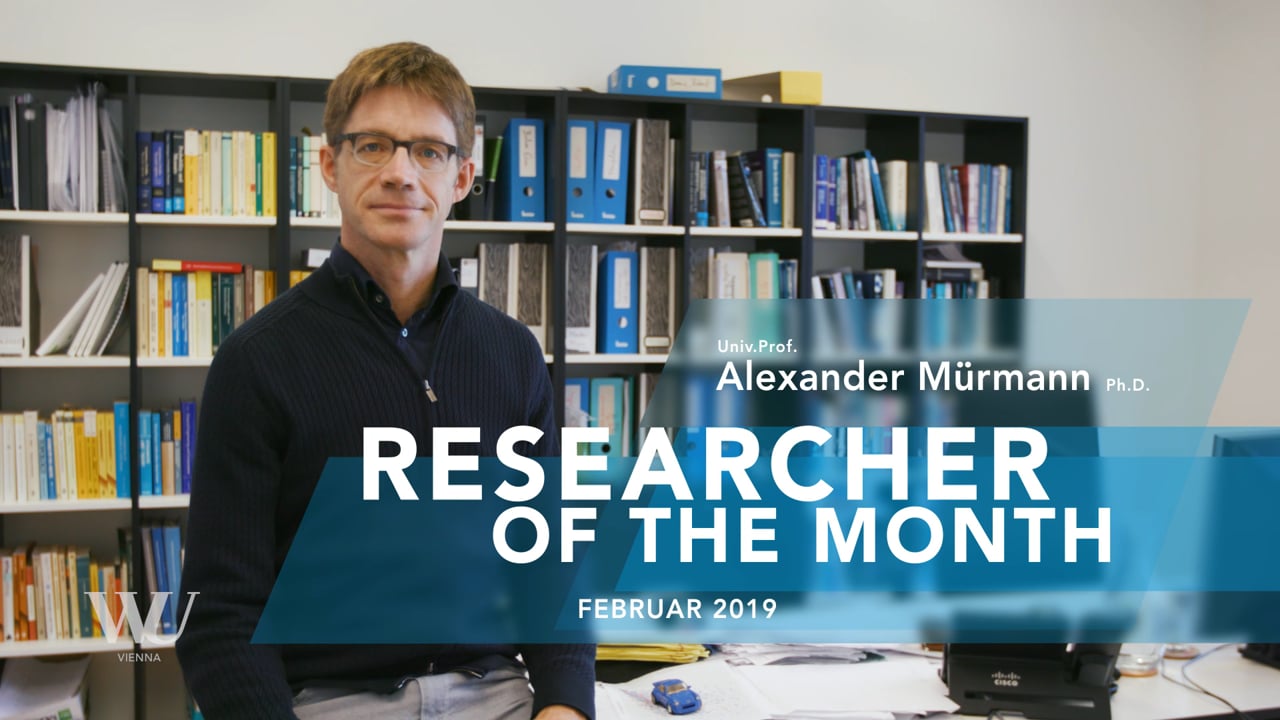Alexander Mürmann

Alexander Mürmann
Researcher of the Month
Do risky drivers seek higher insurance coverage?
Speeding, rushing through intersections when the traffic lights change to yellow, using the car for short trips to the grocery store down the road – all of these behaviors harbor risks that are of special interest to insurance companies. In a recent study, WU Professor Alexander Mürmann has investigated the effects of people’s driving behavior on their risk of having an accident and on their choice of insurance policies.
Austrians drive around 13,900 kilometers every year. Depending on individual driver profiles, insurance companies offer many different types of insurance policies. In a current research project, <link https: www.wu.ac.at en finance people faculty alexander-muermann>Alexander Mürmann, professor of risk management and insurance at WU, and his fellow researchers investigated which driving behaviors increase the risk of having an accident and whether people take their individual driving behavior into account when choosing their insurance policy. The researchers found out that frequent driving increases the risk of having an accident, but drivers nevertheless choose their insurance without regard to their driving behavior and their willingness to take risks.
The more trips, the higher the risk
The study shows that besides the distance driven, the number of car rides is also a major risk factor. People who drive the same distance but divide it up into several trips are more likely to be in an accident. “Every car ride has a characteristic start and end. In these two stages, we’re busy with many different things at once and can’t fully concentrate on driving. We adjust the rear-view mirror and the seat, we enter the route into the navigation device, we maneuver the car into the traffic stream, we look for a parking spot, and our mind is set on the purpose of the trip,” Alexander Mürmann explains.
More personalized policies
Contrary to what the authors of the study expected, people with different driving characteristics do not choose different types of insurance contracts. “A possible explanation is that we behave very differently when dealing with non-financial risks as compared to financial risks. If I’m driving carefully to avoid accidents, this doesn’t necessarily mean that I’ll also be taking out a high-coverage insurance policy to avoid financial losses – and vice versa,” Professor Mürmann points out. “Our study highlights the potential of digitalization and more comprehensive data collection, which can be used for the benefit of all parties involved. Drivers should focus on driving at the beginning and at the end of every trip to reduce the risk of having an accident. Insurance companies should provide advisory services to encourage such behavior in their clients and offer incentives based on more personalized pricing models.”
The study design
In their study, the authors analyzed detailed GPS data on insured cars and the corresponding insurance data regarding pricing factors and insured events. The researchers used the GPS data to compile driver profiles, based on the overall distance driven, the number of car rides, and speeding. To find out whether risky driving implies a higher risk of having an accident and the choice of a higher-coverage insurance policy, the authors also had to account for the fact that cause and effect may also be reversed. This means that people with higher insurance coverage may also display riskier driving behavior precisely because they have better insurance protection. For this purpose, the researchers used local weather data and observed how drivers reacted to different weather conditions after choosing an insurance contract. These observations were included in the overall analysis.

